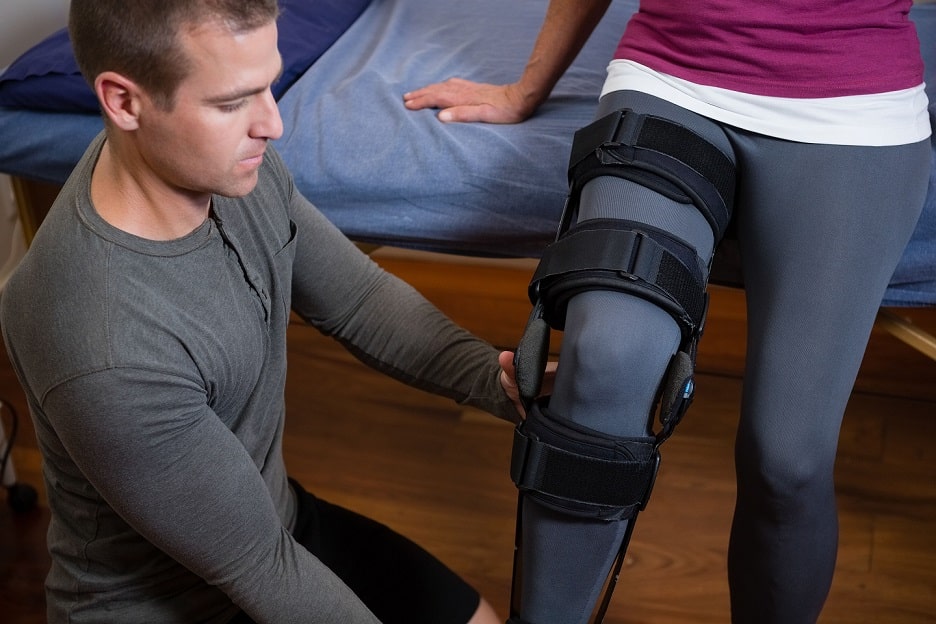 The Work at Height Regulations 2005 made special provisions for working on ladders.
The Work at Height Regulations 2005 made special provisions for working on ladders.
Are ladders banned?
The regulations do not ban ladders but attempt to make the use of them safer.
How are ladders safer than before?
Ladders can only be used at height where your employer has risk assessed it and found that they are low risk and that they will be used in a short amount of time (between 15-30 minutes) or there is a fixing on site which cannot be altered.
The ladders must rest on a surface which must be able to support the ladder. No surface which is likely to move or is unstable is acceptable. The rungs should be horizontal and remain horizontal when in use. Ladders should be placed so that they are stable when being used. Suspended ladders should be secured so the position cannot move and it doesn’t swing.
What if I use a portable ladder?
Portable ladders should be secured. This is done by securing the stiles near the top or bottom of the ladder. Other safety devises could be used. This could include a device to stop the ladder from slipping.
Ladders used for access
Ladders used for access should be long enough so that they go above the top of where it is placed unless other measures have been taken to ensure they are firmly in place.
Types of ladders explained
- Extension or interlocking ladders should not be used unless the different sections can be locked together securely
- A mobile ladder should not be moving when it is stepped on
What about the size of the ladder?
Where a ladder runs a vertical distance of over 9 metres from its base, safe landing areas or rest platform should be installed where reasonably practicable.
The requirement for all ladders
When using all ladders you should have a secure handhold and secure support is always available. You should be able to keep a firm handhold when carrying a load unless it is not practicable which a load is carried (such as when using a stepladder) and a risk assessment has showed that the use of a stepladder is justified because of the low risk and short duration of use.
What if your employer provided the ladder?
Under the Provision and Use of Work Equipment Regulations 1992 employers who provide work equipment (ladders in this instance) should make sure they are suitable for their purpose and that it is maintained in an efficient state. Where risks are identified, the ladders can only be used by those who have been authorised and repaired by only those who have been authorised to repair it. Training and information should be provided to those using the ladder from their employers.
If your employer fails to abide by these important rules, and you are injured as a result, you may be able to make a claim for personal injury compensation from their insurers. Call us on 00800 634 75 75 today to see if we can help you out.
REFERENCES:
http://www.hse.gov.uk/falls/ladders.htm

 The Work at Height Regulations 2005 made special provisions for working on ladders.
The Work at Height Regulations 2005 made special provisions for working on ladders.









